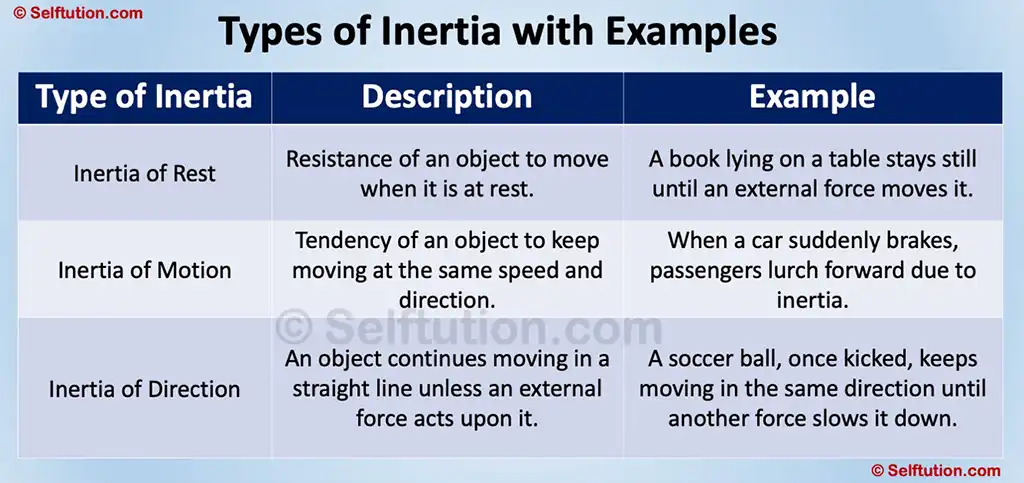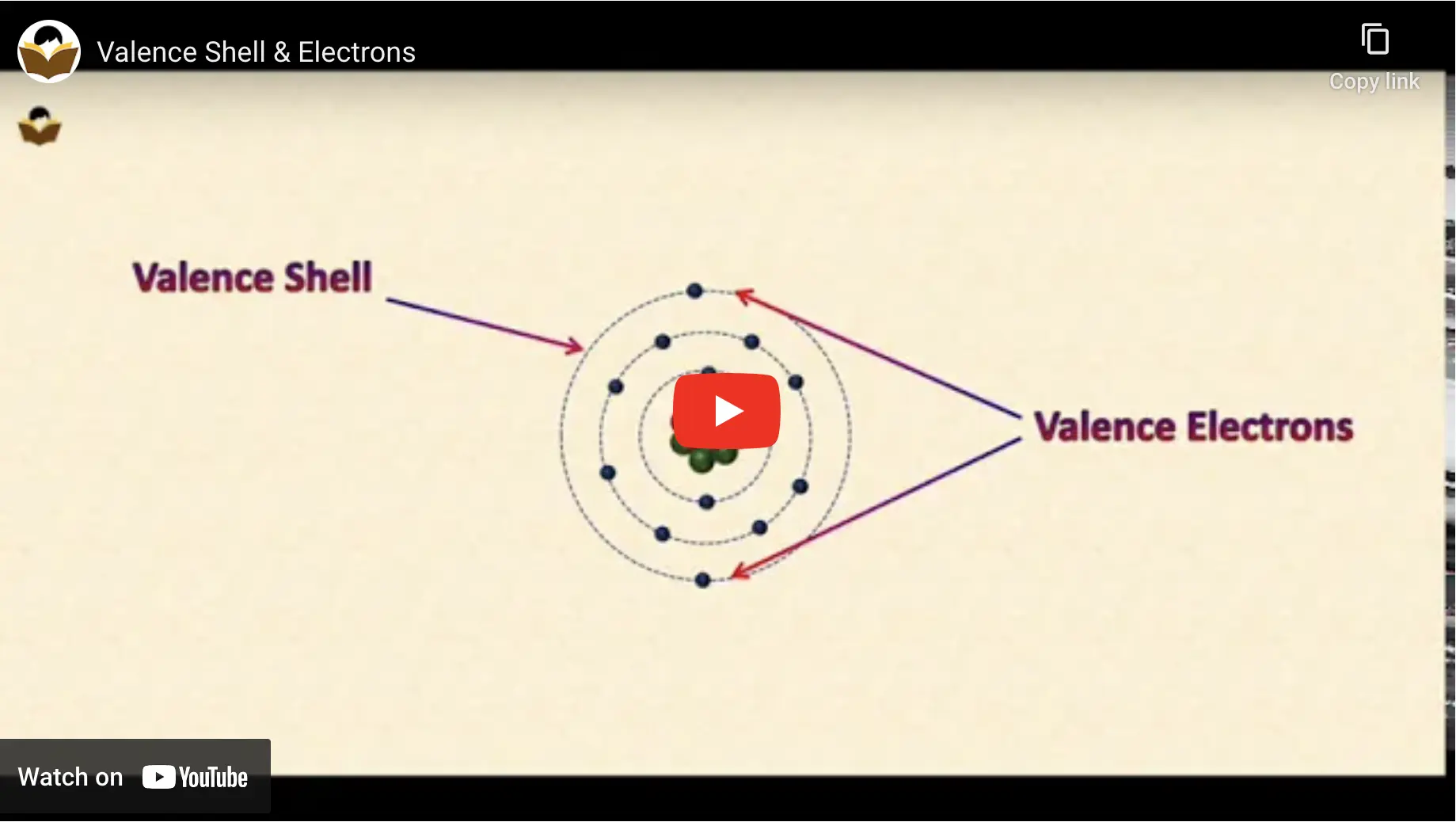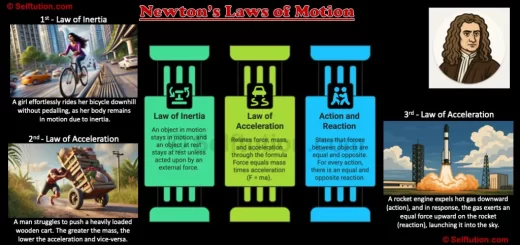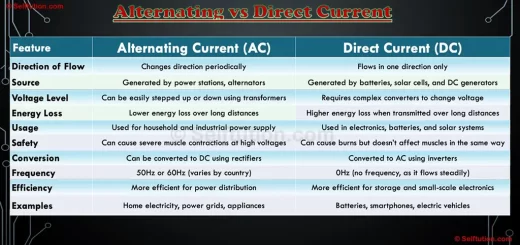What Is Inertia? A Simple Guide to Understanding Motion
Have you ever wondered why a marble ball keeps rolling until something stops it? Or why do you feel a jerk when a bus or car suddenly stops? This happens because of inertia! Inertia is a property of all objects and is related to motion.
In this blog, we will explore Newton’s First Law of Motion, different types of inertia, how mass affects it, and the role of friction. Let’s dive in!
Newton’s First Law of Motion
Sir Isaac Newton was a famous scientist who gave three important laws of motion. His First Law of Motion is also called the Law of Inertia. It states:
An object at rest stays at rest, and an object in motion stays in motion with the same speed and in the same direction unless acted upon by an external force.”
This means that objects do not change their state of motion unless something forces them to do so. If a book is lying on a table, it will stay there until someone pushes or lifts it. Similarly, if a football is rolling on the ground, it will keep moving until friction or another force stops it. This principle is why seatbelts are important in cars—to prevent passengers from continuing to move forward if the vehicle suddenly stops.
Different Types of Inertia
Inertia is classified into three types:
- Inertia of Rest
- Inertia of Motion
- Inertia of Direction

Let’s understand them one by one with examples.
1. Inertia of Rest
This type of inertia means that an object at rest wants to stay at rest unless a force moves it.
Example:
- When a bus suddenly starts moving, passengers feel a jerk backward because their bodies want to remain in their original position of rest.
- A book kept on a table stays there unless someone pushes it.
- Dust particles remain settled on a carpet until you shake it, causing them to move.
2. Inertia of Motion
This type of inertia means that an object in motion continues to move unless something stops it.
Example:
- When a moving bus or car suddenly stops, passengers feel a forward jerk because their bodies are in motion and want to keep moving.
- A rolling ball on a smooth surface keeps rolling until friction or another force stops it.
- A cyclist stops pedaling, yet the bicycle continues to move for a short distance before stopping.

3. Inertia of Direction
This type of inertia means that an object moving in a particular direction does not want to change its direction unless an external force acts on it.
Example:
- When a car takes a sharp turn, passengers feel a force pushing them to one side because their bodies want to continue moving in the same direction.
- Water droplets falling from a wet umbrella move in a straight line when shaken.
- A spaceship in outer space continues moving in the same direction indefinitely due to the absence of external forces like air resistance or friction.
How Mass Affects Inertia
The greater the mass of an object, the greater its resistance to change. This means that heavier objects are harder to move or stop compared to lighter objects.
Example:
- A heavy vehicle requires more force to start moving than a bicycle.
- A football is easier to kick than a bowling ball because the bowling ball has more mass and, therefore, more resistance.
- It takes more effort to push a full shopping cart than an empty one because of the increased resistance.

The Role of Friction in Motion
Although inertia keeps objects moving or at rest, another force called friction often changes their state.
What is Friction? Friction is the force that opposes motion between two surfaces in contact. It slows down and eventually stops moving objects.
How Does Friction Affect Movement?
- If there were no friction, a ball rolling on the ground would never stop!
- Friction helps us walk because it provides grip; otherwise, we would keep sliding.
- Cars need friction to stop when brakes are applied.
- Ice has very little friction, making it difficult to walk on compared to rough surfaces.
- Athletes use specialized shoes with better grip to reduce unwanted slipping and enhance control.
Conclusion
Inertia is an essential property of all objects. It explains why objects resist changes in motion. Newton’s First Law of Motion describes this behavior, and resistance can be of rest, motion, or direction. The more massive an object is, the greater its resistance to movement. However, friction plays a key role in slowing down moving objects.
Understanding this concept helps us explain many everyday experiences, from why we wear seatbelts in cars to why objects stay where they are until moved. Whether it’s sports, transport, or space exploration, these principles are constantly at play. Next time you feel a jerk in a moving vehicle, remember—it’s all because of resistance to change!
For more such information, please visit our YouTube channel SELFTUTION



